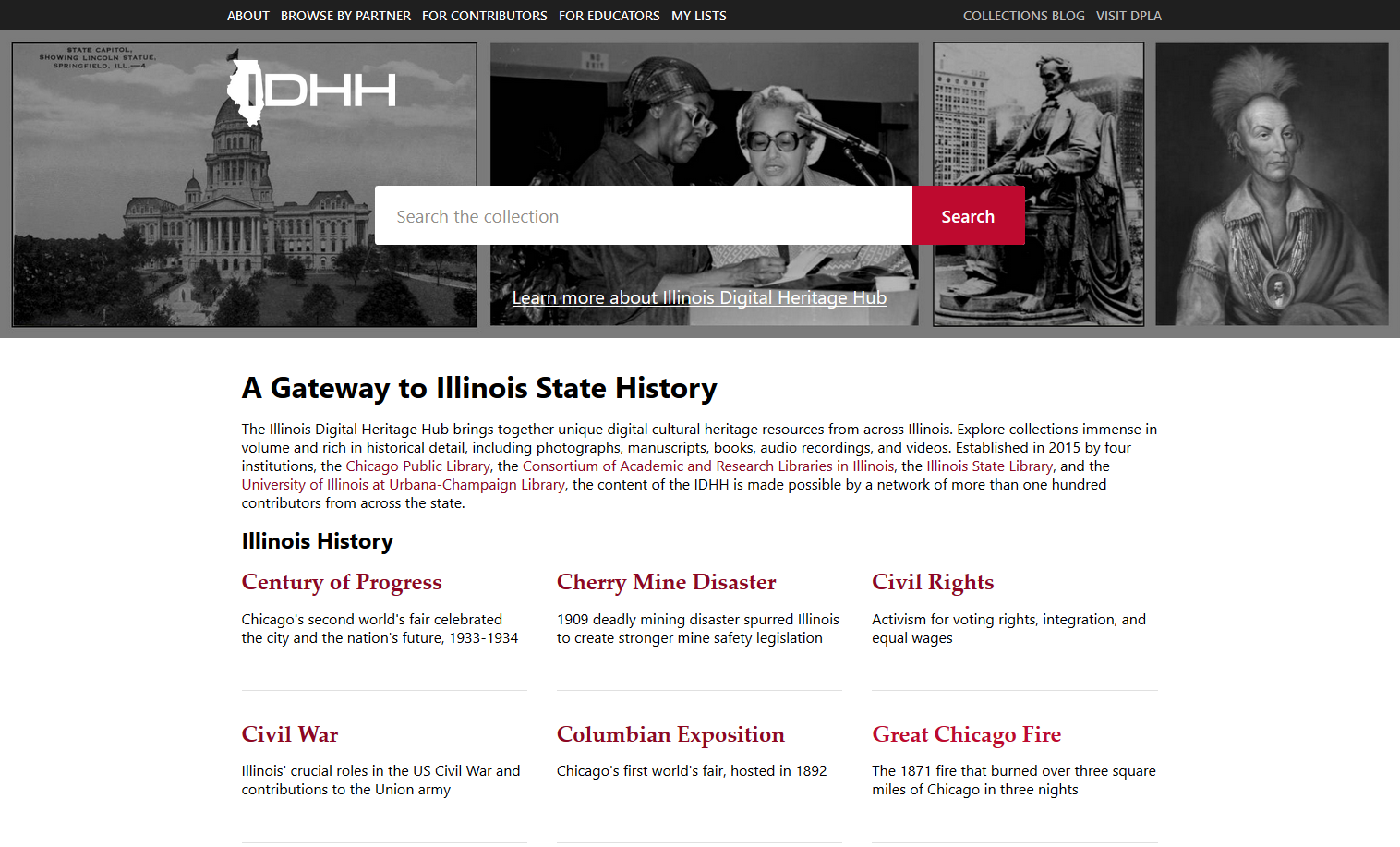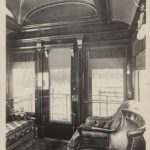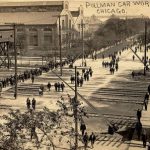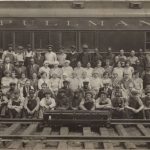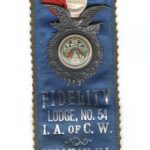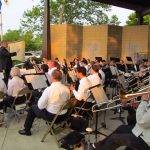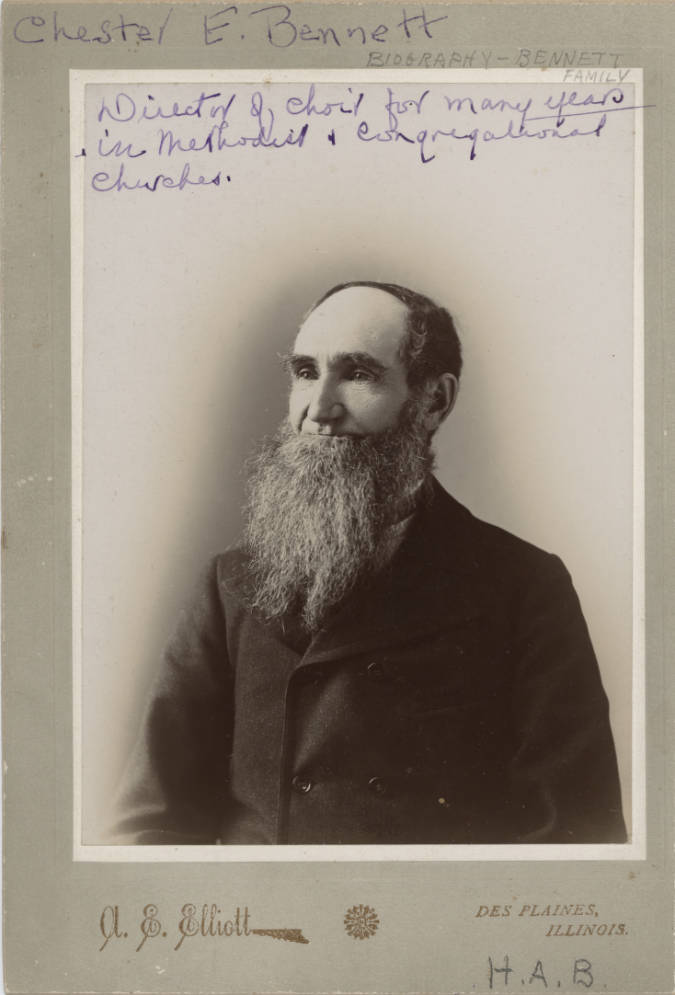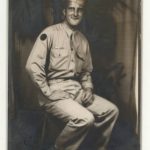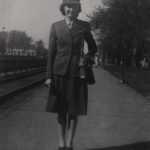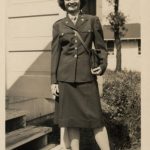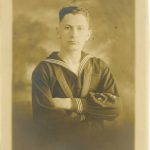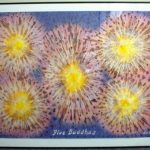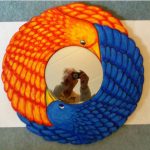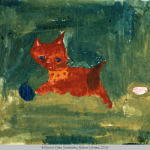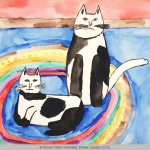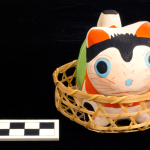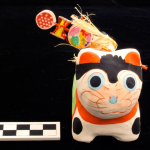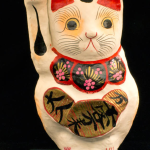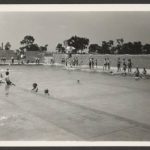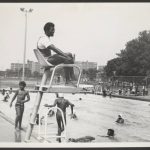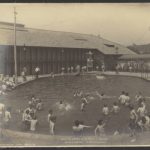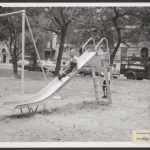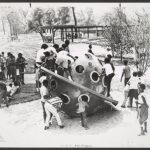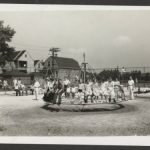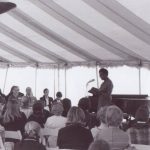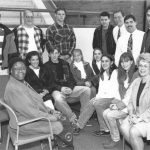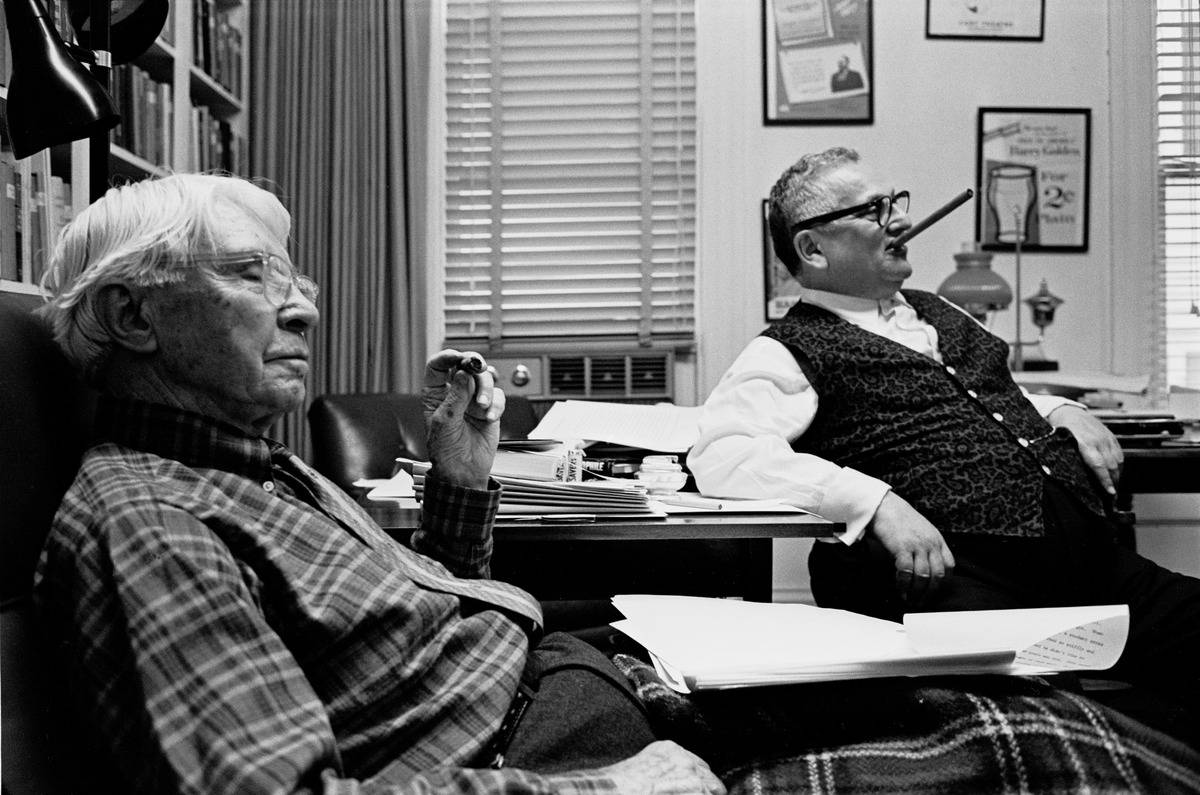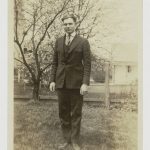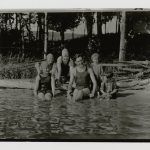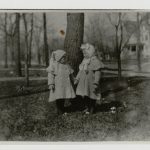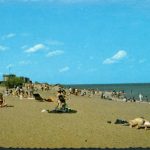The IDHH is pleased to announce that all contributing institutions will be featured on the IDHH website’s Browse by Partners feature. This is the first of several site updates planned for 2020 in response to user feedback after launch. Like everything else we do, this website feature relies on good metadata. In order to optimize search and discovery and sorting and faceting sort results, consistent contributor names are essential.
Now is a good time to review your institution’s name as it appears in your metadata records to check for any inconsistencies. To start, checkout the Browse by Partner page and see if you can find your institution. If you discover anything unusual about the way your institution’s name appears on the page, such as duplication or misspellings or if your institution’s name simply does not show up, we highly recommend remediating your institution’s provider field metadata. As always, contact the DPLA’s metadata manager, Joshua Lynch, if you have any questions.

The data provider field is the DPLA Metadata Application Profile label for the contributing institution name. CARLI member contributors include the institution name in the collection field, dcterms:isPartOf. Other institutions will generally need to include the institution name in the dcterms:provenance field. This field is not repeatable; if you have multiple dcterm:provenance fields in your records, only the first will be used by the DPLA as the name of your institution. Be consistent with this field. The institution’s name should be the same value across all of your institution’s records and collections. Otherwise, collections will be fragmented between multiple provider names that are really from the same institution.
There are some best practices for this provider field metadata. Please include only letters: no special characters. Special characters may break the way institution names display on the Browse by Partners page or in the catalog. In a similar grain, please do not include URIs or URLs in the provider field metadata. These links may break the website and are redundant: each of your institution’s records in the IDHH and DPLA catalogs links back to your local collections automatically. Finally, please keep your institution name short: the shorter the better. If there are multiple terms for your institution, present or not in your metadata, we recommend opting for the shortest one. This makes your institution name easier to read and more digestible to the average user and thus, your materials more findable! Also, extremely long contributor names can take up a lot of space on the Browse by Partners page and in catalog Contributing Institution widget. For more information, please consult the IDHH Metadata Best Practices guide.

